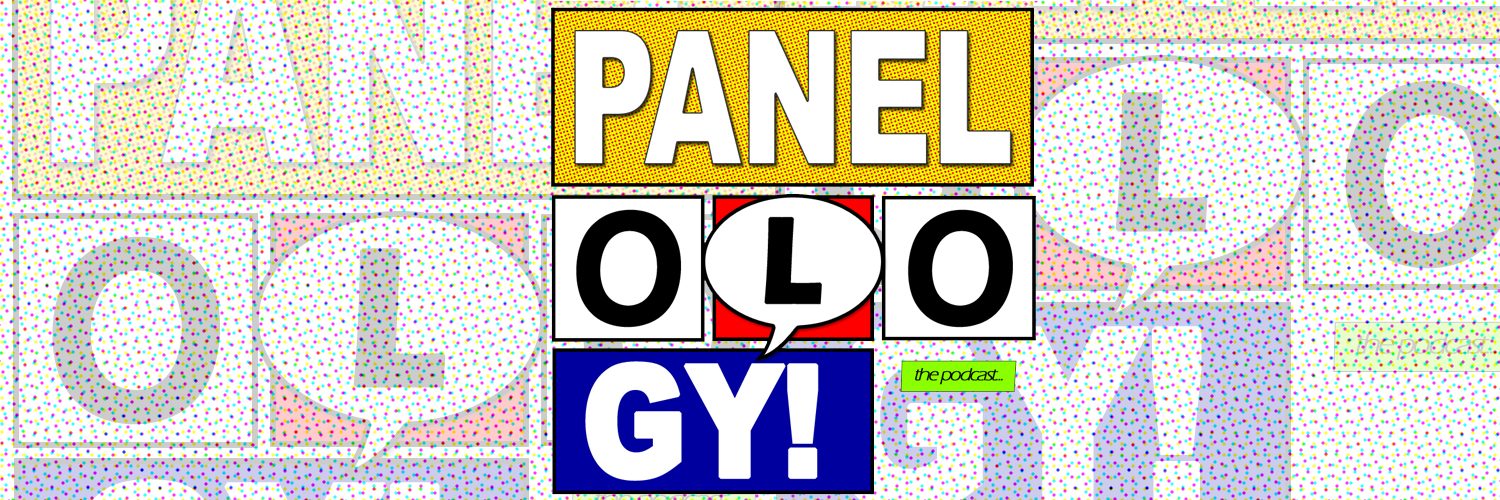A fortnight has passed. Stalwartly, shockingly, our intrepid masochist trudges forward. He surprises no one more than himself. Surely, he thinks, I should have run screaming into the darkness of night by now. But he has not. Instead, he types into the darkness of night.
About the Dark Knight.
In 2009, Grant Morrison killed* Batman. To commemorate the occasion, DC asked Neil Gaiman to write the last Batman story ever told. Gaiman, appropriately (doubly so given that Morrison held the smoking, uh…typewriter?) produced a meta-narrative about what it means to be Batman with decades of history and reinventions—one which, he hoped, could always function as the last Batman story, even into the future. The result was Whatever Happened to the Caped Crusader?
Batman’s final tale sees the Dark Knight witness his own funeral. The major players in his stories—heroes and villains alike—take turns eulogizing their own versions of the Caped Crusader; each story is colored by that character’s relationship with Batman. This constitutes the mechanism by which Gaiman explores the changing nature of the character over time—and how the Dark Knight resonates differently from reader to reader (or, at least, from Gaiman himself from one point in his life to the next).
In a many of ways, Whatever Happened to the Caped Crusader? reminds me of Batman: The Animated Series. The obvious comparison is to the episode, “How I Almost Got ‘Im,” in which various criminals take turns with their own big fish stories about nearly beating the Bat. Both tales certainly share that structure, to a degree—but beyond that, this is a similar distillation of these characters, and that gives the story a sense of timelessness akin to that of the classic cartoon.
While Gaiman utilizes the most broadly recognizable iterations of the characters in his story, the art team shifts and changes from style to style as the stories and eras Gaiman references come in and out of focus. This combination of the timeless and the chronologically grounded reinforces the idea that no matter what changes, some elements of Batman—of who the Caped Crusader is—remain fixed.
In some regards, it is fair to think of Whatever Happened to the Caped Crusader? as a curiosity—this is very much a literary exercise, albeit an intriguing one. Taking away more than that will come down to whether the individual reader is willing to be sentimental about the idea of Batman—not in a nostalgic way, but in a way that romanticizes or even mythologizes Batman-ness. If you’re willing to do that, then I think you’ll enjoy it. (My advice is that if you pick this up, you grab it as part of the larger The DC Universe by Neil Gaiman collection, which pulls together a bunch of the writer’s superhero odds and ends.)
*Well, he had Darkseid kill** Batman.
**Spoiler alert: he got better.
Collected in
- Whatever Happened to the Caped Crusader? (Batman #686, Detective Comics #853; material from Secret Origins #36, Secret Origins Special #1, and Batman Black and White #2)
- The DC Universe by Neil Gaiman (Secret Origins Special #1, Green Lantern/Superman: Legend of the Green Flame, Batman #686; Detective Comics #853; Material from Secret Origins #36, Batman Black and White #2, Solo #8, Wednesday Comics #1-12)
Credits
Writer: Neil Gaiman | Penciler: Andy Kubert | Inker: Scott Williams | Colorist: Alex Sinclair | Letterer: Jared K. Fletcher

